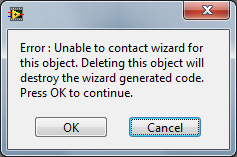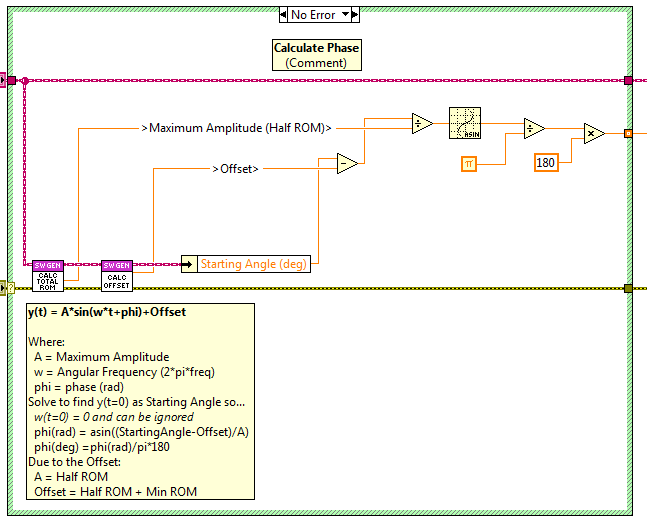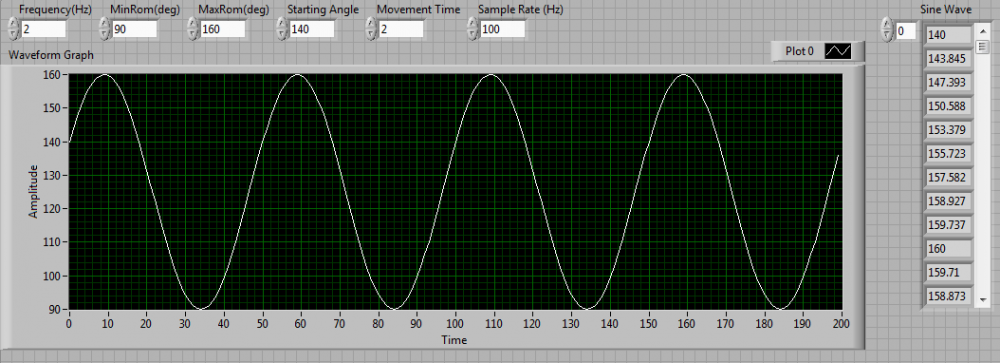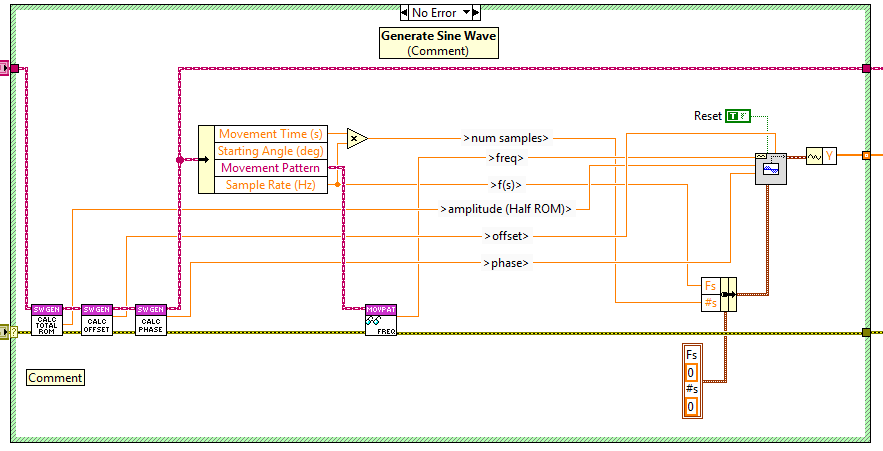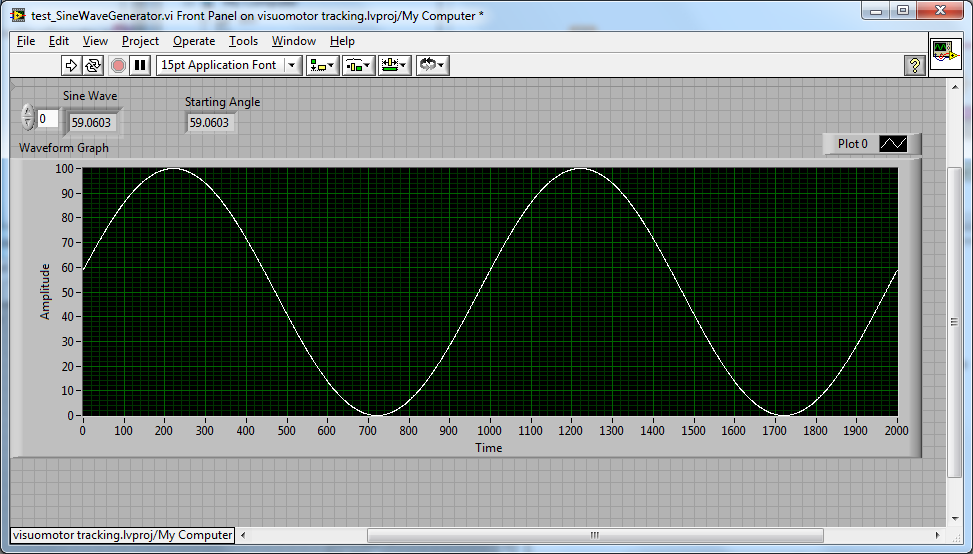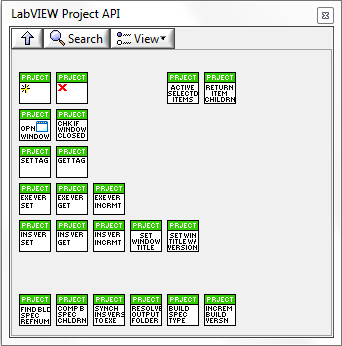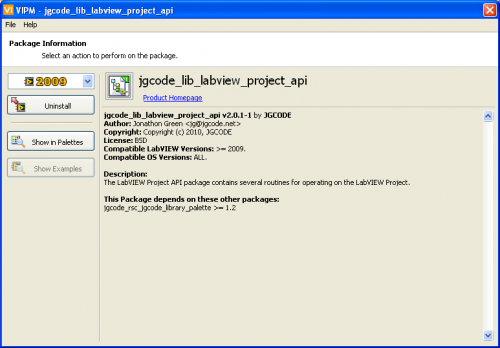-
Posts
2,397 -
Joined
-
Last visited
-
Days Won
66
Content Type
Profiles
Forums
Downloads
Gallery
Everything posted by jgcode
-
Love'n #LabVIEW Community Plugins - Easily RCF'd my way through building 100's of FP.Object References! Sweet
 http://bit.ly/erclOh #NI
http://bit.ly/erclOh #NI -
I have a quick sine wave generation + maths question in #LabVIEW. If you care to take a look! http://bit.ly/9Erjw7 @lavag
-
Catch-22: @GarthBrown77 Welcome to Twitter! Unfortunately I missed ur tweet as I wasn't following you!



